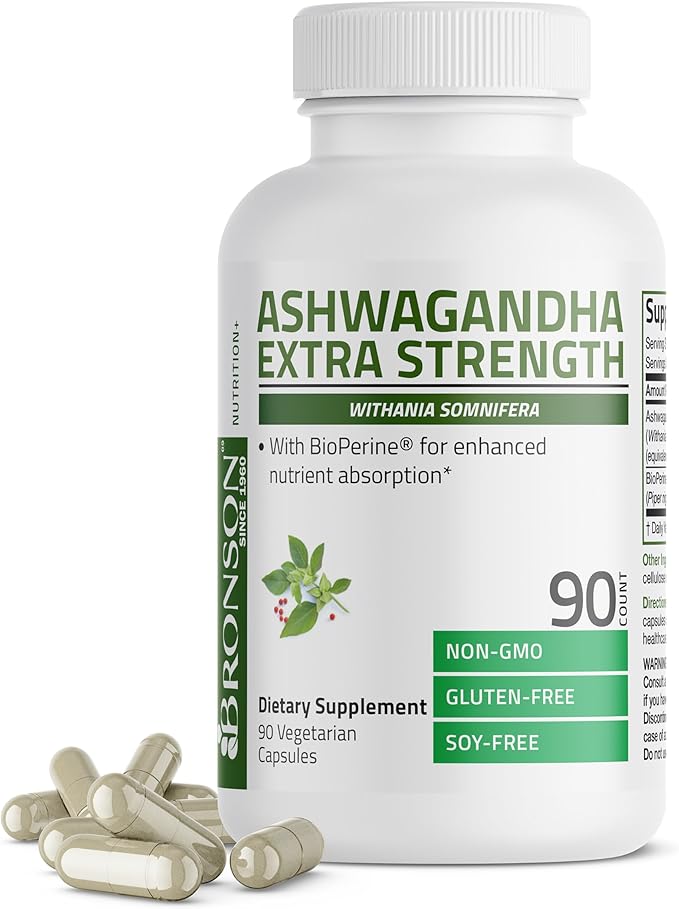Can you take Alpha Linolenic Acid and Omega-3 ALA together?
Interaction Details
Taking Alpha Linolenic Acid and Omega-3 ALA together has the potential for great synergy, suggesting a rating of 5 out of 5.
Alpha Linolenic Acid (ALA) and Omega-3 ALA are essentially the same compound, with ALA being a type of omega-3 fatty acid. The synergy between them is not about interaction but rather about dosage and bioavailability. Since they are the same or very similar, taking them together would not create a synergistic effect through interaction but rather through accumulation, potentially leading to an enhanced effect on heart health, inflammation reduction, and possibly cognitive function. However, it's crucial to consider that the body’s conversion of ALA to its more active forms, EPA and DHA, is limited, and taking them together might not necessarily amplify the benefits beyond a certain point. The combined intake could ensure a higher and more sustained level of ALA and its derivatives in the body, potentially maximizing benefits related to cardiovascular health and anti-inflammatory effects.
Potential Benefits
Potential Risks
Related Studies
Alpha Linolenic Acid
Alpha-Linolenic Acid (ALA) is an omega-3 fatty acid found in plant-based foods such as flaxseeds and walnuts. It is considered an essential fatty acid because the human body cannot produce it on its own.
Some benefits of ALA include supporting heart health and reducing inflammation.
Omega-3 ALA
Omega-3 ALA is a type of essential fatty acid – also known as alpha-linolenic acid, found in plant-based foods such as flaxseeds, chia seeds, and walnuts. Some of the key benefits of Omega-3 ALA include:
